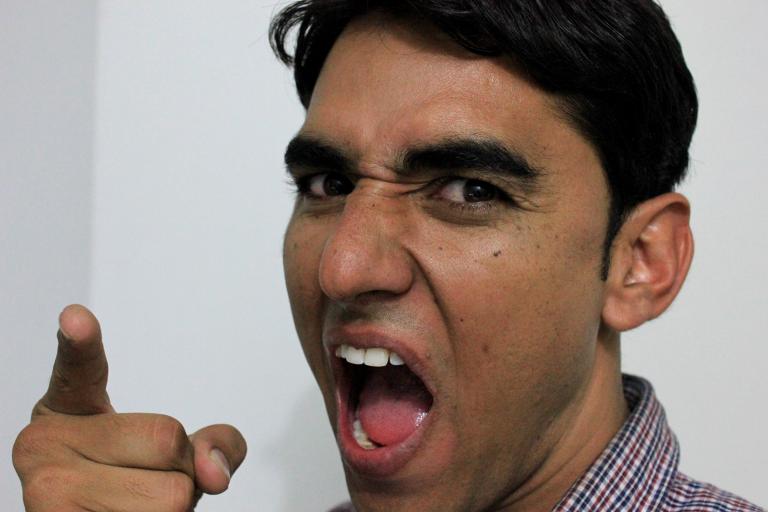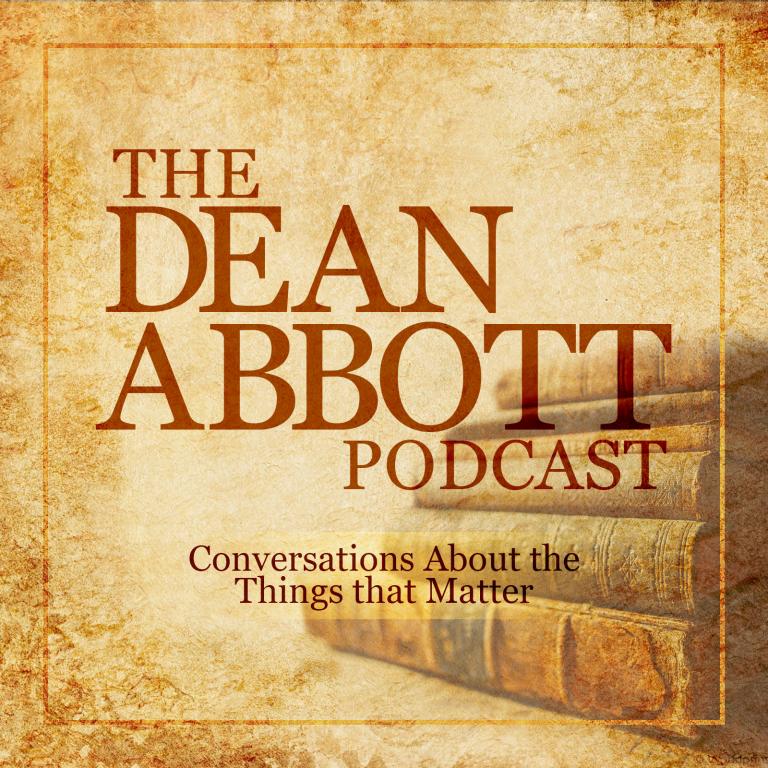One function of the home is to hold the world at bay. Here, in the walls of our home, we ought to find a reprieve from the ceaseless pressures of the world, from its values and its expectations.
All this is especially true for children. It is in the home where the boundaries protecting them from the nefarious forces of culture ought to be strongest. Unfortunately, what ought to be in place often is not.
A great example of the failure to offer children the protection they need is in this article from Yahoo parenting. The author, Cecily Kellogg, explains why she’s cool with her tween, in this case a nine-year-old, wearing sexy Halloween costumes.
Kellogg admits her daughter isn’t interested in being sexy yet, but that in a couple of years (when her daughter is 11) she expects her to be. At that point, Kellogg will be cool with her kid getting sexual in public as much as she wants.
From the article:
“tweens and teens are supposed to experiment with their image, their gender identity, and yes, even their sexuality. It’s normal.”
If you are cool with your 11 year olds “experimenting with their sexuality”, the boundaries between your home and the world are too low.
The author offers some justifications for her easy-going attitude about allowing her child to sex up Halloween. First, she’s willing to let her daughter wear sexy outfits because nobody complains that boys’ outfits are too sexy.
This is terrible reasoning. Whether boys’ Halloween costumes are too sexy or not is irrelevant to whether an 11-year-old girl ought to transform herself into a sexy-witch for public entertainment. Allowing a little girl to make herself an object of sexualized attention is a bad idea whether others are doing it or not. Kellogg is arguing the inverse of that cliché attributed to mothers everywhere. She is arguing that her daughter ought to jump off the roof because all the boys are doing it. Equality demands everyone be equally damaged.
Kellogg hints at the resentment underneath her argument when she writes about the supposedly repressive conditions she grew up under and her means of subverting them.
“When I was eleven and twelve, my mother wouldn’t allow me to wear makeup. So what did I do? I put it on while riding the school bus, of course. I wanted to be pretty and I wanted to impress boys.
I also had a dress I adored: a faux velvet with a slit up the leg to the knee (it was the 1970s, so this was a total disco dress). My mother kept asking me why I wanted to look like a prostitute, without really explaining to me what a prostitute looked like, ironically. But that dress covered me up more than my normal tank top and shorts, so I was very confused about why it was wrong. I felt pretty while wearing it, so why was it bad?”
See, imperfections in her mother’s attempts to protect Kellogg from early sexualization justify her throwing the door wide open to her daughter’s sexualizing herself.
That makes sense at one level. Many people get confused in this way. They remember that the flawed attempts by a parent to teach them a good lesson made them feel bad. Because they prioritize their feelings above everything, they then dismiss the good lesson altogether. It’s a proverbial case of the baby and the bathwater. Except in this case, the baby is dressed as “Sexy Cat.”
Kellogg’s best argument is that once upon a time, 11-year-olds were free to follow their natural urges to “experiment with their sexuality” and so they ought to be now.
She writes:
“When Shakespeare wrote ‘Romeo and Juliet,’ there was no such thing as the period we now call adolescence. You were a child, and then when you became sexually mature, you were an adult”
“Because of more abundant food, sexual maturity now happens earlier, and the concept of the sexually mature but ‘growing child’ of adolescence was created.”
Later:
“Our kids’ bodies are packed full of hormones sending their brains all sorts of chemical messages about sex. For the vast majority of humanity’s existence, tweens and teens became sexually active as soon as their bodies were fertile.
So tweens and teens are supposed to experiment with their image, their gender identity, and yes, even their sexuality. It’s normal.”
Of course, Kellogg neglects to mention the solution to this problem people in decades past employed: early marriage. Kellogg, no doubt, is the kind of mother who would prefer her 11-year-old to sexualize herself publicly than to get married before earning her Master’s degree.
This is not to say there are no problems with early marriages or that 11-year-olds make good spouses. It is to say that by encouraging her 11-year-old to “experiment” with her sexuality, she undermines her daughter’s efforts to cultivate the kind of character necessary for happiness and the building of a stable home in the future. When she fails to limit her daughter’s impulse to seek sexual attention, she fails to encourage her to pursue prudence, modesty, humility and fidelity, all of which are the building blocks of a secure personal and family life.
Kellogg appears to sense this. She seems uncomfortable with her own lackadaisical position. Near the end of the article, she says she’ll support her daughter’s choices “within reason.” So, clearly there is some limit she won’t let her daughter cross. She won’t let her nine-year-old wear something on the other side of what is “reasonable”. Kellogg’s expectation that her daughter’s choices will be within “reason” is just a way of saying she expects her daughter to make choices that line up with her subjective and murky sense of what “reasonable” is.
Kellogg complains about her mother’s lack of explaining clearly what line she had crossed that made her look “like a prostitute.” Yet, she appeals to the equally ambiguous idea of a costume being “within reason.” Wouldn’t it be better just to say she won’t allow her daughter to wear anything that her mother deems “too sexy?” Of course, being up front about that wouldn’t allow Kellogg to come across as the so-much-cooler-than-you parent she apparently longs to be.
At issue here is trust. Kellogg didn’t trust her own mother enough to follow her dicta. Now, she is passing along that legacy of distrust. When she allows her daughter to sexualize herself in the name of bodily autonomy, or freedom, or whatever, she hurts her daughter’s trust in her. Children want parents to set limits that protect them. In refusing to do so, Kellogg doesn’t move us toward a more just world, but one where children are running the show, where their natural impulses toward the worst choices are encouraged and the foundation of the home is further demolished.
_____________________________________________
Thank you for reading this post. If you found it valuable, please share it on social media using one of the buttons below. You may also want to support my work by leaving a tip in the tip jar on the main page or by supporting me on Patreon.










